In May of this year, our project to place refurbished computers into the homes of disadvantaged kids will turn nine years old. Aside from an extremely short-lived and disastrous trial with Microsoft Windows in the beginning, Reglue (formally HeliOS) has depended on Linux to power those computers and we’ve used a number of distros over the years.
We initially made a deal with Jon Danzig at Libranet to supply us with their fantastic Debian-based distro, but when that project ended we were split on what to do. I had flirted with SimplyMEPIS on and off and since it was based on KDE 3.X, it became our mainstay. In 2008, when it became evident that KDE 4.0 was going to be controversial, we made the move to Ubuntu. And there we stayed until staying there became untenable for our organization.
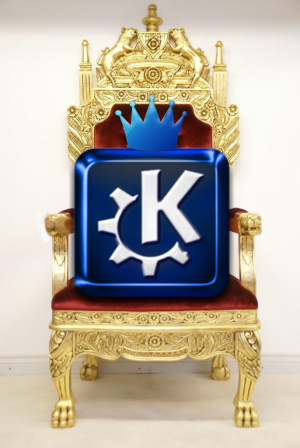 History has a, uh…history of repeating itself, albeit usually with different players. It seemed odd that GNOME decided to “evolve” with the same type of sweeping, disruptive changes that had KDE users scrambling for the exits just a few years earlier. I know, because we were one of them. We stayed with Ubuntu until the 10.4 LTS was no longer supported. Ubuntu was our favored distro simply because of UCK, the Ubuntu Customization Kit.
History has a, uh…history of repeating itself, albeit usually with different players. It seemed odd that GNOME decided to “evolve” with the same type of sweeping, disruptive changes that had KDE users scrambling for the exits just a few years earlier. I know, because we were one of them. We stayed with Ubuntu until the 10.4 LTS was no longer supported. Ubuntu was our favored distro simply because of UCK, the Ubuntu Customization Kit.
UCK allowed us to add and remove apps and configurations and ultimately make a tailored Linux distro. What made it even nicer is that it uses a virtual Synaptic environment so even volunteers with little Linux experience could work with it. Even though it made our jobs easier, the Unity Desktop did not. We had installed about 25 12.04 Ubuntu systems for our Reglue kids when it became apparent that most everyone strongly disliked Unity. “Strongly disliked” is close enough to the intended meaning. It’ll work in place of the many expletives we experienced.
Personally, after I got over the white-hot-hate and bothered to explore it a bit, Unity really isn’t bad. The problem is, younger school kids, or older school kids for that matter, don’t want to have to invest a lot of time figuring out what should be intuitive. Like “where the bleep is the application menu?” Again, the average Reglue kid used an assortment of words to describe Unity. I’m relatively certain that “intuitive” wasn’t one of them.
ZorinOS was a great next step. For much younger kids, we still deploy the educational version. While it is touted for its Windows-like interface, that wasn’t the reason we picked it as our main distro. It’s stable, relatively simple for a new Linux user and it seems to have a strong community behind it.
The trouble is, it’s a small distro highly dependent on the lead developer. No matter how resolute the developer is, life happens. People get married, get divorced, get a more demanding job, have children, maybe experience a personal crisis or just plain lose interest in the project. Tying our effort on any one-man operation could be extremely problematic for us. But that’s when you realize…
Ya Gotta Love Free Open Source Software
I’ve always favored Linux Mint, which could also be considered a one man show except that the main developer makes his living producing Mint, which took away one of the major what-if’s. I had also come crawling back looked into KDE again after several years, finding the rumors were true. KDE is back and better than ever.
So I approached good friend and fellow Google Plus guy, Randy Noseworthy, and negotiated a project contract. He took on the job of creating a specialized kids’ educational version of Linux Mint KDE LTS, better known as “Maya.” He had to piece together several older tools that once worked for Mint respins but which had fallen into disrepair. Randy hacked and worked until he got a command line tool to his liking and created our Mint KDE educational version. It took him a week to get it right, but when he presented us with the download link, we couldn’t have asked for more.
It’s geared toward younger kids and those entering high school. For our high school upperclassmen and college kids, we use either the Uberstudent distro (with Xfce environment) or the Evergreen (think LTS) 13.1 release of OpenSUSE Edu Li-f-e.
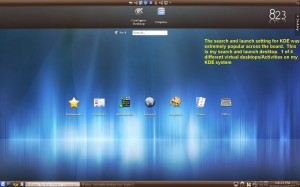
We got that back in spades.
This is nowhere near scientific and I’m not going to claim the findings are of any use to anyone but Reglue. For us, it settled the question of which DE was preferred and why.
KDE Is King
This is where a statistician would start lining up pie charts, with graphs and lots of stuff in the footnotes. That’s not gonna happen, since I’m not a statistician and I don’t feel like doing all of that for numbers that really don’t mean anything outside of our organization. Consider this just interesting stuff to know.
Ratings were given by awarding each overall category up to five penguins. Those penguins were based on a number of factors.
- How easy the new system was to use.
- How completely and easily it was able to be configured to personal needs.
- Overall opinion of aesthetics.
- Default applications available.
- Overall stability of the system.
| [yop_poll id=”32″] |
We set the partitions up with three different distro environments. We chose to use Linux Mint on all three with the differences being that each one presented a different environment. Again, they were Cinnamon, GNOME 3 and KDE.
The only coaching any of the kids received was in how to choose the different system partitions upon booting. All of the students were given the same release of each DE in which to work. The desktop environments were what came as stock on each. Of the 14 kids that worked with us, ages 15 – 19, nine of them gave the KDE option the strongest score hands down. Not surprisingly, Cinnamon was the second choice and GNOME 3 fared poorly.
Keep in mind, the kids weren’t allowed to practice or “learn” any of the environments. They were given the same tasks to complete in 30 minutes in each of the three desktops. Those tasks were:
- Change the auto login to user name and password login and change the password for the system.
- Place the icons or shortcuts for Chrome, Synaptic, their chosen music player, a disk burning application and their chosen office application into the panel and to remove Firefox from their respective menus.
- Change the default font to any other font they choose. (Of the 14, three of the kids used the package manager or the software center to install a different font.)
- Change the overall theme/style of the desktop to include downloading and activating desktop wallpaper not currently on their computer.
- Demonstrate the ability to utilize at least 4 virtual desktops/activities.
When many of these kids discovered the different ways that virtual desktops could be configured in KDE, with each having it’s own wallpaper and settings, that pretty much put KDE ahead in all of the configurability and aesthetics votes. They were uniformly surprised that this wasn’t possible or easily done in any of the other environments.
While I’m not sure why, the kids all complained that some of the tasks were difficult to figure out in Cinnamon and an exercise in futility within GNOME 3. I’ve always liked the Cinnamon layout and found it easy to navigate to make system changes. Of course, I’m a computer guy so there’s that. The best I could gather at the time is that KDE offers a superior toolset to make these changes. That opinion was held by nine out of fourteen kids.
And don’t discount good looks from being an intangible in making decisions like this. We’d dressed each distro to the nines, but by far the most positive remarks about good looking systems were delivered to KDE. Incidentally, those who found KDE the most attractive offering also voted heavily in overall favor of KDE
One other thing stood out in the time I spent with these kids is the absolute joy and excitement many of them had in discovering something new. I can relate, especially with KDE. The configuration possibilities are amazing and it seems I am always finding a new way to make it the way I want it. I don’t know why that surprised me in kids this age, but it did.
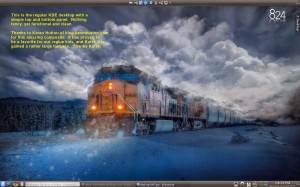
So what has this proven? Nothing beyond the fact that in our relatively small sampling of kids, the majority preferred KDE. Who knows? When we do this again in 2017 the results might be completely different. I’m honestly perplexed that Cinnamon didn’t show better than it did. We dressed it in the “Void” theme and it looked astoundingly good.
It’s fair to say that the status of any Linux project is fluid at best. Developers decide to change things to their liking and users either leave or enter the user base. There doesn’t seem to be any reliable means of predicting particular outcomes. Given that, our Linux Mint KDE LTS (Maya) will be our prime mover over the span of its lifetime.
If you have questions or would like to take a look at our respin, leave us your name and a way to contact you in the comment section and we will make it so.
Ken Starks is the founder of the Helios Project and Reglue, which for 20 years provided refurbished older computers running Linux to disadvantaged school kids, as well as providing digital help for senior citizens, in the Austin, Texas area. He was a columnist for FOSS Force from 2013-2016, and remains part of our family. Follow him on Twitter: @Reglue



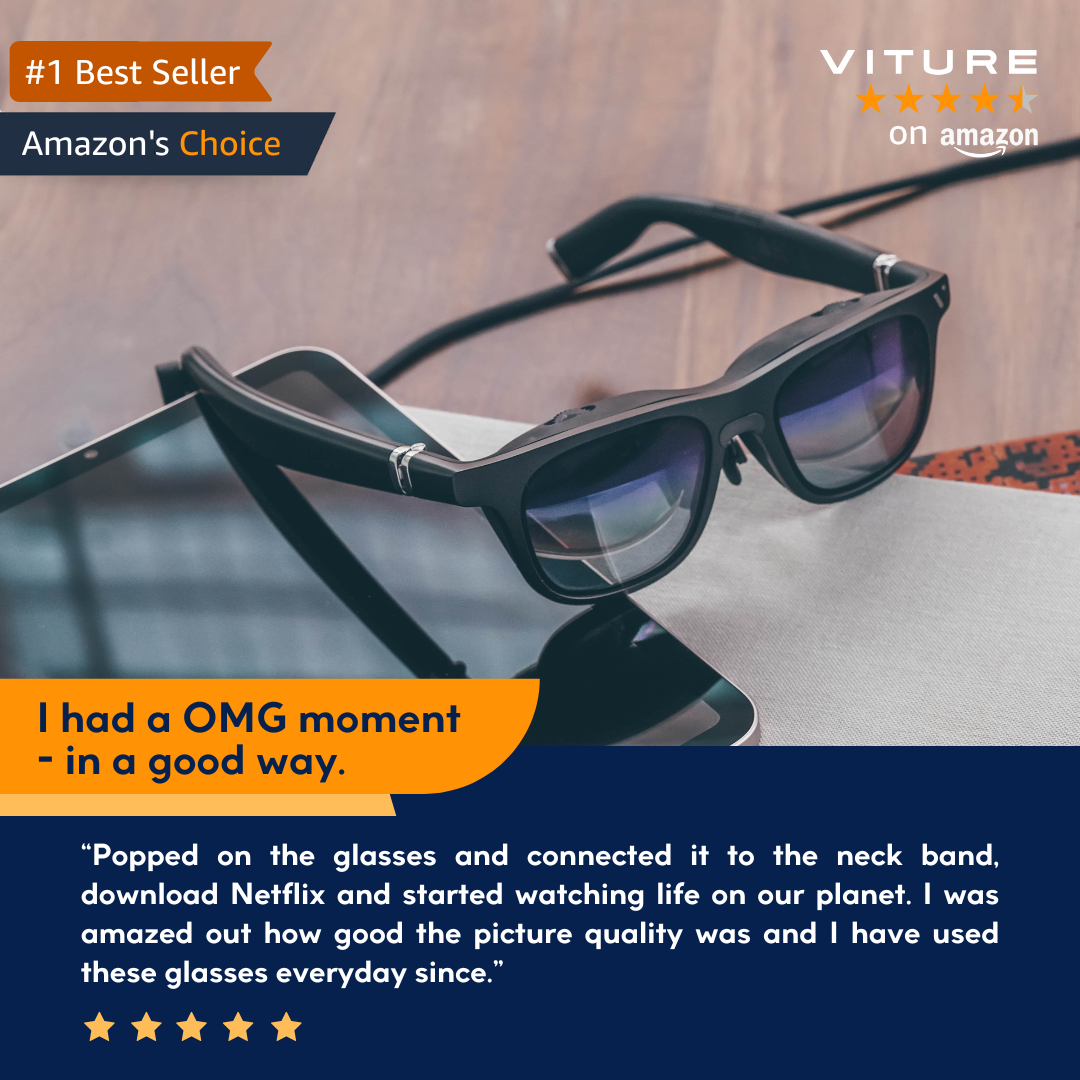
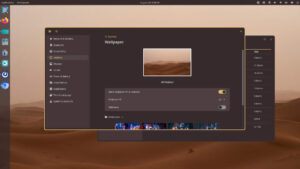

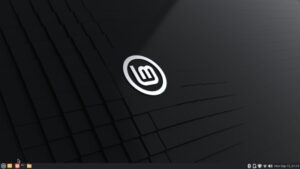

I’m surprised you didn’t try Linux mint Debian edition or solydxk. Solydxk comes with kde and is updated monthly.
My wife and I experimented with numerous distros when we began using Linux (in 2006) and found that we preferred KDE by a wide margin over Gnome or Xfce. We were initially annoyed by the transition from KDE 3.x to KDE 4.x, because we were forced to relearn how to customize it suit us, but it’s still our preferred environment. We’re currently using Kubuntu 12.04 on our primary machines because Long Term Support means we don’t have to learn a new OS every six months. I’ve got Debian w/KDE on one desktop machine and Xubuntu 12.04 on another, resource challenged, machine.
Your path is very similar to mine. I hung on to KDE3 for years. Every six months or so I’d try KDE4 and decide against it. I learned to like Ubuntu 10.04 and switched to it. Unity forced me to go looking again, and I found that KDE 4.10 was not only good, but great.
KDE is definately my favourite Desktop Environment, primarily because of the Customisation. But Mate works very nicely on my older computers, one of which is a MSI U100 netbook.
On the other hand I have no issues with Unity, it’s quite easy to use, and I certainly don’t find it non intuitive… extra work typing yes, unintuitive no, and many of my, older… over 60s, clients actually prefer Unity because once it’s setup there isn’t a lot more than need do, and there aren’t that many options, which they find confusing, anyway.
“In the GNOME environment, many of them discovered they had to install “extensions” to make it do some of the things they wanted it to do.”
That can’t be right… Gnome3 developers did usability studies to make sure they developed what people wanted… well, at least what the developers themselves wanted 😉
A KDE user since KDE 1.x days. I’ve used KDE at my workplace for the past 7 years — and my workplace is definitely *not* Linux friendly, although to be fair, I’m allowed to run my choice of OS/desktop.
Tried non-KDE desktops often but always end up back on KDE. Speaks volumes about its usability especially since I am not a developer — haven’t been for a long time.
KDE is my favoured system after many experiences not too disimilar to all described here. My only discrepancy is that I wouldn’t change Firefox for Chrome
I admit to being a dinosaur, and using Trinity. I really like the KDE applications, but never got over the transition to KDE4. What I use when setting someone up with a Linux install is to use Debian, install the full KDE and XFCE suites, then use XFCE for the “desktop”, and the KDE applications.
Best of both worlds.
One small adjustment you could try with that KDE setup that I find works very well on large screens, is having the system tray on the bottom panel and have the top panel have the taskbar.
As for Unity, maybe it’s better in the newer versions, but in Ubuntu 12.04 LTS, I just found it so unpolished as to be practically unusable. It seemed like alpha-quality-at-best software at that point. I’d imagine it’s not too bad if those rough edges were fixed.
I can’t help noticing that not a single one of your ‘test tasks’ was ‘do something useful’. They were all different incarnations of ‘fiddle around with the desktop configuration’. Given that, it’s fairly unsurprising that the desktop which focuses most on letting you fiddle around with its configuration won out.
KDE is a great desktop, but Ubuntu based distros are concerning. Especially how in comparison with Red Hat, Canonical is not very (or at all) community friendly and I would be hesitant to call them Open Source friendly.
@AdamW I wondering what sort of “useful” things you would suggest That would differentiate the various desktops capabilities and user friendliness?
First off, great to hear about this program you are doing. I switched to Linux in 1998 with Redhat 5.1, and have been through a few distros over the years. KDE was my predominant DE for a long time. I eventually found my way to Kubuntu, but KDE kept disappointing me. It wasn’t the aesthetics, I ran into a bug where dbus would randomly run amok @ 100% cpu and require a reboot. After a few weeks of trying to sort it out, I installed XFCE on top of Kubuntu. It was a little harder to get things set up, but was much simpler to use and I didn’t get so hung up on the eye candy. e.g. I loved the 3D cube for multiple desktops… but I have multiple desktops in XFCE. I just got down to function over form. After about 6 rolling version upgrades, it was time for a fresh install… and I took the leap to Mint XFCE. I have been mostly happy with it now for a few releases. My only issues are that it isn’t a rolling release, but that was known going in. I’ve tried out others (cinnamon, mate) and they are nice… but I have to say I’ll probably stick with XFCE for a while. But will keep an open mind. I certainly like having a choice in my Desktop Environment.
All desktops will allow you to run applications. What makes the desktop “fun” to use or not is what you can do with said desktop, i. e. make it “your own”.
I’ve played around with the new GNOME 3 (Ubuntu 14.04 Alpha). It does work, but it does take some getting used to. There’s definitely a “GNOME way” of doing things.
Xfce is a desktop that I used a lot more a few years ago. It does the job.
I was one of the ones who really liked KDE 3. Reasons:
1.) I was already familiar with a similar interface, i. e. it was “Microsoft Windows-like”. Yes, that mattered back then and still does today with new GNU/Linux users.
2.) It’s got all sorts of configuration options, and they’re actually easy to use.
3.) KDEPrint. This was a big deal. This is what allowed me to configure GNOME apps like Evolution and GQview to use the KDE printing system, so you don’t have to configure print settings in two places.
I did not like KDE 4 at first, not so much for the new ideas, but because it was too doggone buggy and sucky an implementation. Should’ve been called “Alpha”, not a release version.
But KDE 4 has come a long way since 2008. It doesn’t suck anymore. Actually, it’s kinda good. I find that users of Microsoft Windows-running PC’s take to KDE 4 much better initially than GNOME or any other desktop. Yes, that matters.
So, Ken, your observations are similar to my own.
Keep up the good work, buddy,
–SYG
My daily work often consists in replacing virus-infested or otherwise broken Windows desktops by functional Linux desktops. I’ve been spending quite some time on research over that matter since 2006, when I had to move all our local libraries here in South France to Linux. Over the years, this has evolved into something highly usable.
http://www.microlinux.fr/mled.php
Rock-solid, light on resources, highly intuitive, and everything works out of the box. And the kids at our local school love it (because no one complained).
I have tried KDE in years past, and although it does offer the most configurable options out of all the DE’s, its just a little too “busy” for my tastes. I’m “old skool” and all I need are a simple right-click menu and a simple desktop with extra workspaces….and while most DE’s offer this, I started using Linux back in 2007, and because I didn’t have the slightest idea as to what I was doing I started with Fedora, a GNOME-based distro, after learning “how-to…” for just about everything in the GNOME Universe, I can say that once you master it’s quirks, its a pretty decent DE…its not for everybody, but for those who are looking for “different” GNOME works well. I also admit that for resource-deprived systems, then you should avoid it, and go with a lighter DE such as LXDE / XFCE / KDE but my machine isn’t a slug, its actually a powerhouse and GNOME runs on it smoothly with no problems. As for KDE, I’m not bashing it, because it’s earned it’s place at the top for a reason, but thats one of the beautiful things about Linux and the Open Source Communities, you’re free to choose what you want with no “consequences”!..LOL! And to you “Sir” Ken?…the ReGlue Project is awesome! I wish you continued success on it, and want to say Thank You for introducing the next generation of scientists, doctors, lawyers, corporate giants and teachers to Linux!! Well Done!!
I started using Linux in 2000, with Mandrake Linux, and the desktop was KDE. When KDE4 came out, I was very disappointed, because all the functionality I had grown to depend on in KDE3 was missing. In response I moved to GNOME 2, which while it lacked many of the features of KDE3, it was far more usable, for me, than KDE4 for a number of iterations. Thankfully they eventually added back in the useful functionality to KDE4.